A lot of people enjoy the freedom and convenience that comes with owning an RV. However, there are some drawbacks to living in a vehicle for long periods of time. For example, you have to be very careful about conserving energy because the fuel is limited. One way to conserve energy is by using a propane furnace rather than relying on electricity or gas furnaces all the time. In this blog post, we will discuss how much propane an RV furnace uses and other considerations!
Table of Contents
How to calculate the rate of propane used
There are a few ways to estimate how much propane an RV furnace uses.
The first is to contact your local gas company and ask them what the average output of a home’s propane usage rate is. This will give you an approximate idea of how much propane one should use in their furnace every hour, which can help determine if they are using too much or not enough.
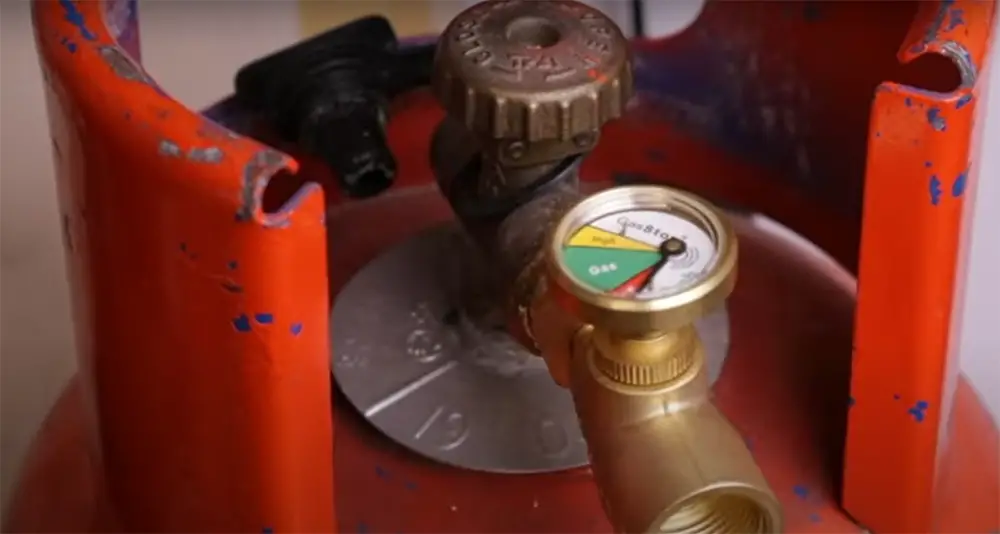
There are also various charts and calculators that can help determine how many hours a propane tank will last in an RV furnace, though the results from these tools should be taken with a grain of salt as they tend to have inconsistencies when it comes to real-world usage.
You can also do it by yourself using the following calculation:
To calculate the amount of propane used by your RV furnace, simply multiply each hour times how many inches you have set on the regulator.
For example, if you have a 40,000 BTU furnace and the regulator is set on 12 inches of pressure then that’s equal to 480 cubic feet per hour.
Therefore your propane usage rate would be 480 x 24 hours = 11,520 cubic feet in one day.
In this example, you can see how it only takes around two hours for any given tank of propane to run out so it’s important to keep an eye on when tanks need replacing or refilling.
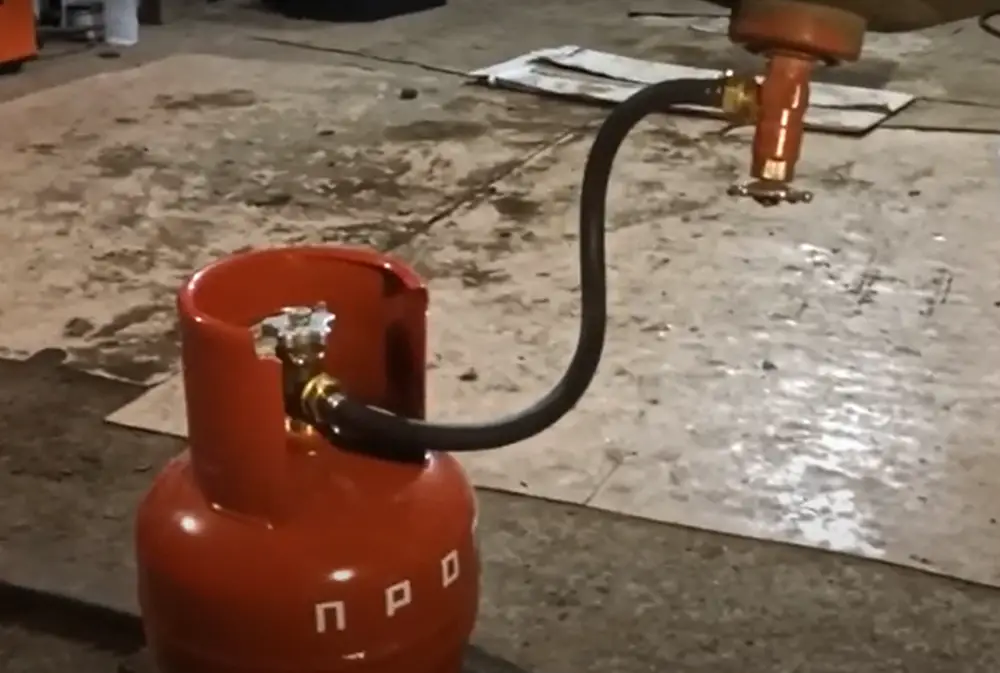
The RV’s Furnace size
It is also important to know that propane furnaces come in different sizes, depending on the size of your RV. Smaller RVs will use small-sized furnaces to heat up their interiors. Conversely, larger sized RVs need bigger furnace units as they have greater interior space and more people who will be staying inside at once.
The most common sizes are:
- 30,000 BTU/h furnace unit
These small-sized furnaces are suitable for RVs that have an interior size of under 450 square feet. It can heat up this much space because it has the capacity to produce 30,000 BTUs worth of heating power. This type is commonly used by smaller RV models such as Class Cs and travel trailers with a length between 19 and 21 feet long. Also known as “toad” or towable units, they are easy to install in most types of vehicles due to their lightweight construction materials. They do not take too much time before being able to provide sufficient warmth inside your vehicle either since they reach operating temperature quickly. Their compact size allows them to fit well inside the limited space of smaller RVs.
No need to be concerned about pilot lights or safety because these furnaces do not have them at all! This type is ideal for those who aren’t mechanically inclined but still wish to enjoy comfortable winters inside their vehicle. Just like normal household appliances, you only need to flip a switch and wait for it to heat up before enjoying its warmth anyway.
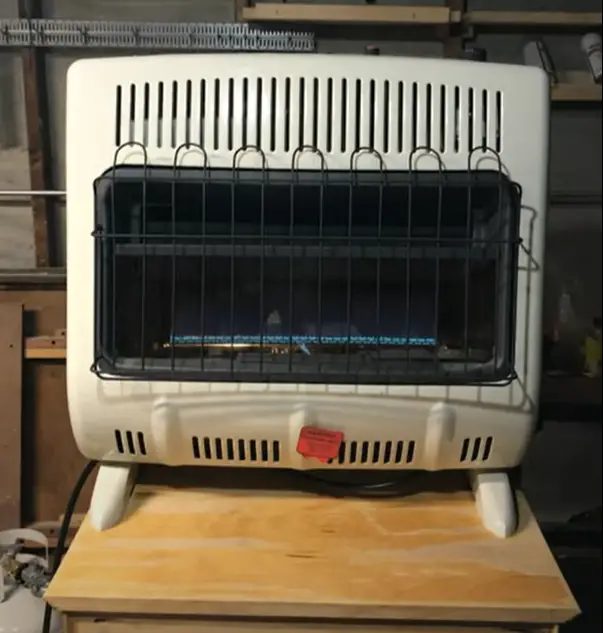
- 20,000 BTU/h furnace unit
They come equipped with fan blowers that help circulate air so that people inside your RV will feel even warmer than before. With this type, it may be difficult for you to pinpoint any one area where the warmth seems particularly concentrated because its heating capabilities work well over large spaces at once.
The main downside associated with this type of furnace is its low energy efficiency which isn’t as good compared to other types. However, it compensates for this by working well even with a limited amount of propane inside your tank.
- 40,000 BTU/h furnace unit
These furnaces can heat up RVs with an interior that is about 525 square feet in size. They are the most common type of propane furnace used by households and recreational vehicles alike due to their large heating power! At 40,000 BTU/h you know your RV will be nice and warm even if it has a larger than average capacity for people inside. This makes them ideal for short-term overnight stays at rest stops instead of spending money on more expensive accommodations while driving between destinations. You’ll also have no problems using these units during winter camping trips or motorhome vacations longer than just one night either because they have enough heating energy to keep everyone inside nice and cosy all day long!
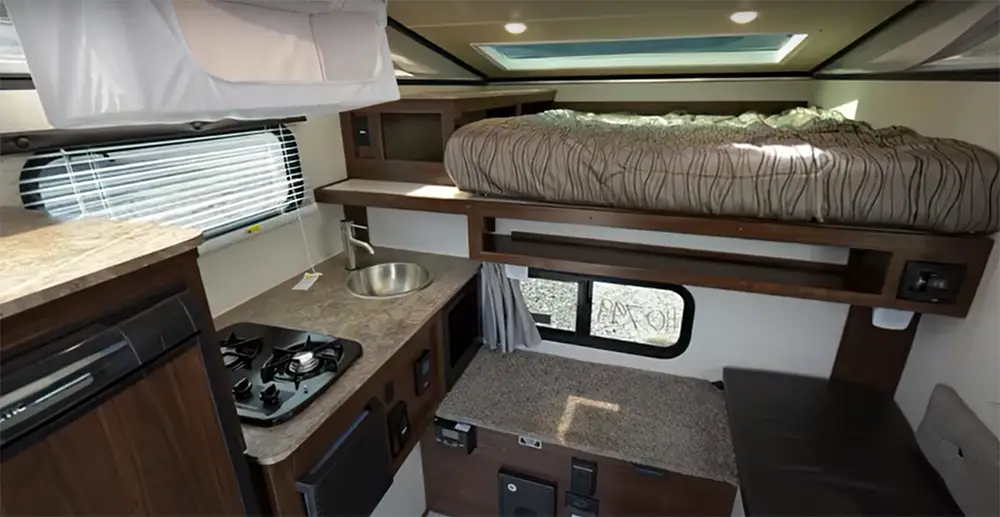
All three furnace types vary in price but all of them are relatively affordable compared to other options found online. You can also contact a service technician if you have trouble with your furnace sooner rather than later too.
What if you have more than one furnace unit?
In a situation when you have two furnace units or more, the consumption is lower per unit.
- For example, one furnace unit uses 0.010 gallons per hour at low speed and 0.014 gallons per hour at high speed.
- Two furnace units used 0.005 gallons per hour on a “low” setting or 0.008 gallons/hour on the “high” setting mode.
On the other hand, when you have two or more furnaces running simultaneously, the overall cost is higher because of increased electricity usage from multiple heating elements being on all of the time rather than just one element going while others are off. It gives better fuel economy by utilizing only one furnace unit that would be using less propane for space heating.
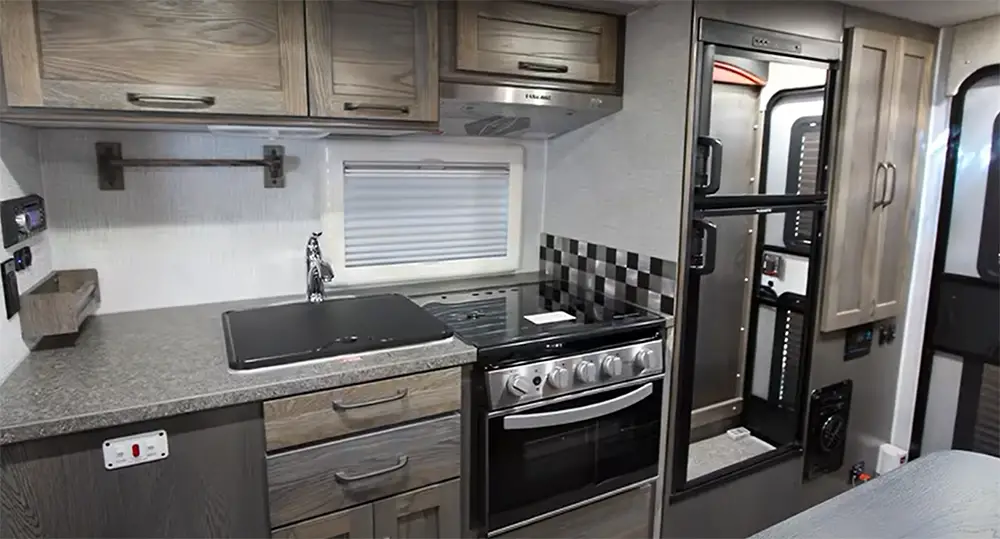
If you have more than two furnace units that are being run simultaneously, the propane usage over time would be even greater with each passing hour of use as if they were all set to low mode still heating their own respective areas respectively but also doing so by utilizing multiple sources of heat from those additional furnaces.
Two furnaces are better than one, but if they’re both set to be on “low” mode that would use less propane overall compared to turning them both on simultaneously then off again repeatedly throughout a twelve-hour period say from dusk till dawn or whatever twelve-hour period you are looking at for example of use.
Tips for increasing RV furnace efficiency
- Ensure that the furnace is clean and well maintained. A dirty or clogged burner can draw excess propane, causing it to burn inefficiently. Dirty filters also contribute to this problem by increasing airflow through the unit. The more efficient an RV furnace works, the less fuel you need and the lower your operating costs will be.
- Only run appliances when necessary as running them continuously will drain vehicle battery power very quickly. Be particularly careful with water heaters and air conditioning units as these often use a lot of electricity even if they are not in use.
- Consider replacing older models with newer ones that meet current EPA guidelines such as those using catalytic converters for maximum efficiency. For example, look into buying Energy Star certified furnaces which have been shown to be up to 27% more efficient than standard models.
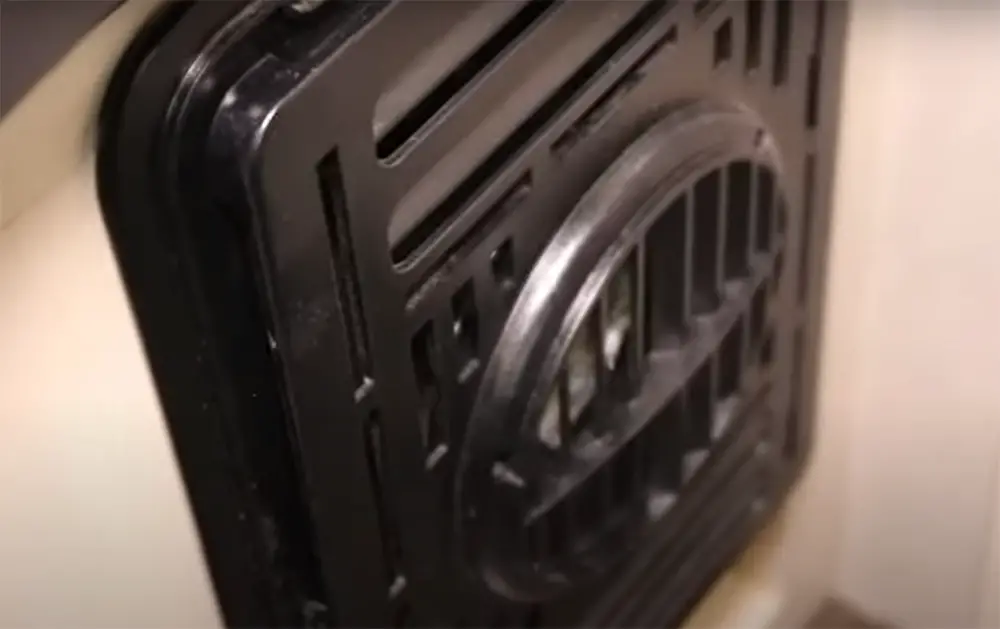
- Install a programmable thermostat for optimal energy efficiency and convenience when travelling and camping in the RV. These devices allow you to automatically turn heaters on and off depending on your personal schedule, which eliminates wasted propane due to overuse while you sleep or are away from the vehicle during the day.
- Use ceiling fans in conjunction with heating elements as these will help circulate warm air throughout your camper allowing it to reach every corner of the space quickly without having too high an output setting on individual units. This can save time (and therefore fuel) by not allowing cold spots that take longer than they should for heated areas inside the unit to catch up. The greater the surface area of the space being heated, the faster it will warm up.
- Ensure that your furnace vents are not blocked by furniture or anything else as this can reduce airflow and cause combustion problems resulting in an inefficient burn. It can also lead to carbon monoxide issues if any fumes escape into the interior cabin before they have been properly vented out through a vent opening on top of the unit.
- Make sure that the furnace has been installed properly to ensure maximum efficiency and safety.
FAQ
Does an RV furnace use a lot of propane?
This really depends on the type of furnace that you have. Standard RV furnaces tend to use a lot more propane than catalytic heaters do, but this is going to depend on your specific situation and how long you’re gone. A catalytic heater can last up to 36 hours while running at medium, so if you go out for a few days most of the time, this is definitely going to be your best bet.
How long will my RV furnace run on propane?
This is going to depend on a lot of factors. Generally speaking, you can expect your furnace run time to be about eight hours for every pound of propane in the tank. If you have a larger RV with more space and therefore more stuff that will need heating, this could potentially be even less than that since heat rises naturally.
How long does a 30 lb propane tank last in an RV?
The amount of time that your propane tank will last really depends on what you’re using the furnace for. If it’s just to heat up a small area in an extended power outage, then you can expect this to be about five hours or so – but if you’re constantly running the heater throughout the day and night as most people do during the winter, you’re looking at about one or two days.
What factors can affect how much propane is needed to power an RV furnace?
The amount of propane needed to power an RV furnace can vary depending on a variety of factors. Some of the most important factors that can affect how much propane the RV furnace will use include:
- The size and type of the RV – larger models may require more propane than smaller ones, for example.
- The age and condition of the RV’s furnace – older furnaces may need more fuel than modern models.
- The climate and temperature outside – furnaces must work harder when it’s colder outside, so more fuel may be necessary to keep your cabin warm.
- How often you use your furnace – obviously, if the furnace is running constantly, it will consume more gas.
- The amount of insulation in your RV – the better insulated it is, the less fuel you’ll need to keep it comfortable.
What are some of the dangers of running out of propane while using an RV furnace?
If you run out of propane while using an RV furnace, the risk of carbon monoxide poisoning increases. This is because when the flame from the furnace runs out of fuel, it will start to burn incompletely and give off dangerous gasses such as carbon monoxide. Inhaling carbon monoxide for extended periods of time can be deadly if not treated quickly. To avoid this situation and ensure everyone’s safety, always keep your RV’s propane tank full and closely monitor how much you use. Additionally, make sure any areas containing a propane heater or stove are ventilated properly so that dangerous gasses won’t accumulate in enclosed spaces.
What are some other ways to keep warm in an RV without using the furnace?
When not using the RV furnace, there are plenty of other ways to keep warm on your outing. Blankets and thermal clothing work wonders in holding in your body heat, while other methods such as electric heated blankets or space heaters can help supplement warmth. Additionally, some people opt for options like camping ovens or stoves to give off more sustained warmth, although caution should be exercised when using open flames indoors. If you have access to electricity, many modern RVs come with built-in heating systems that use convection currents to circulate the air throughout the trailer.
How can you save on propane while using your RV furnace?
While the amount of propane used by an RV furnace varies depending on a variety of factors, there are several ways to save on costs while using your RV furnace.
Firstly, you can invest in an insulated cover for your propane tanks. This will help reduce heat loss and extend the life of your propane. You should also make sure that all gas lines and connections are properly sealed so that no gas is leaking out.
You can also lower the thermostat when you’re not occupying the space in your RV or while you’re away from it. Doing this will help conserve fuel and prevent unnecessary expenditure. Additionally, if the night temperature isn’t too low, you can opt for an electric blanket instead of switching on your furnace.
How many gallons a day does a propane furnace use?
The amount of propane used by an RV furnace varies depending on the size and model of your RV. Generally, a propane furnace will use up to 2 gallons per day when running at peak output. However, some RVs may require as little as half a gallon per day or even less, depending on the size of the space it needs to heat and how efficient the furnace is. To get an estimate for your own RV’s propane usage, check the manufacturer’s specifications or consult with a qualified technician. It is important to remember that larger RVs will require more fuel than smaller ones, so you should prepare accordingly if you plan on doing any extended stays in colder climates.
How many gallons per hour does a propane furnace use?
On average, a propane furnace in an RV will use somewhere between 9 and 15 gallons per hour. However, this number can vary widely depending on the size of your RV and the efficiency of your furnace. To get an accurate estimate for how many gallons per hour your particular furnace might use, you should consult your RV owner’s manual or contact a qualified technician to have them measure it for you. Generally speaking, newer furnaces are more efficient than older models so you may be able to save money by investing in a newer model. Additionally, there are various accessories that can help reduce the amount of fuel used by furnaces such as thermostats and draft regulators.
How much propane does an RV stove use?
An RV stove typically uses a much smaller amount of propane than an RV furnace. An average RV stove will use around two to five pounds of propane per hour, depending on the size and type of the unit. The larger your stove, the more propane it will require. If you plan to be using your stove frequently, consider investing in a model with higher BTU output for optimal performance and fuel efficiency. To ensure that you are getting the most out of your propane usage, make sure to adjust burners properly as well as keep all vents clear from obstructions or dust buildup.
How efficient is a RV furnace?
RV furnaces are surprisingly efficient, providing the right amount of heat without wasting energy. Propane flows through a heat exchanger, which is then enclosed in the combustion chamber and constantly circulated by the furnace blower. This process minimizes the amount of propane needed to be burned to generate heat, making RV furnaces an economical and convenient way to stay warm on those cold nights. Additionally, modern electronic ignition systems ensure that your RV furnace only uses as much propane as necessary for start-up and operation. This further helps save you money since no fuel is wasted while using your RV furnace.
What month is cheapest for propane?
Typically, the cheapest times to buy propane are during winter and spring. This is because demand for propane typically decreases during these months due to less outdoor recreational activity. If you are able to store extra propane, it may save you money in the long run by buying it when prices are low. However, keep in mind that if you store more than 200 gallons of propane, certain regulations may apply depending on your state and local laws. Be sure to check with your local government for any applicable regulations before deciding to bulk buy propane.
How long will 500 gallons of propane last?
The answer to this question depends on a variety of factors, such as how often you are using your RV furnace and the size of your RV. If you’re using your RV furnace regularly, 500 gallons of propane can last anywhere from 2-4 months. However, if you’re not using it very often or have a larger RV, the 500 gallons may last up to 6 months. Ultimately, it’s best to monitor your propane usage and keep track of when it needs refilling so you don’t run out unexpectedly!
Is it cheaper to use propane or electric?
The cost of using propane or electricity for your RV furnace depends on how much each costs in your area. Generally, electricity tends to be more expensive than propane. However, the price of both can vary depending on where you are located and the current market prices. You should do some research to find out what energy source makes the most financial sense for you before making a decision.
What are some common problems with RV furnaces and how can they be fixed?
Though RV furnaces are reliable, there may be times when maintenance or repair is required. Some of the most common problems include:
- Not staying lit: This can be caused by a faulty thermocouple, which needs to be replaced. It could also indicate a clogged burner due to dirt build-up; in that case, it should be cleaned using compressed air.
- Inefficient heating: Poor insulation or blocked vents can cause improper heating; check and make sure all parts are secure and properly sealed before troubleshooting any further.
- Unusual noises while running: This may mean an internal part has become loose or worn out, such as a blower wheel bearing or motor. In that case, the part needs to be replaced.
What should you do if you run out of propane while on a road trip?
If you run out of propane while on a road trip, the best thing to do is to find the nearest propane station. If this isn’t possible, you can also refill your own tanks. You will need to be sure that you are following all safety precautions when refilling your tanks, such as ensuring that the tank and area are clean before filling. You should also use an approved pressure-regulating device for safety reasons. Doing so will ensure that your RV furnace does not become over-pressurized and explode or catch fire due to the high pressure level created by the gas expanding in a closed container.
Useful Video: How Much PROPANE Does Your RV Furnace BURN ? VS A BUDDY HEATER??
Final Thoughts
Now we have discussed all necessary things to determine how much propane an RV furnace uses.
Now you can feel comfortable going on a trip knowing how much propane an RV furnace uses.
I hope this information is helpful for your future travels! If there are any questions, concerns or thoughts please let me know in the comments below! Thanks again and happy travels 🙂

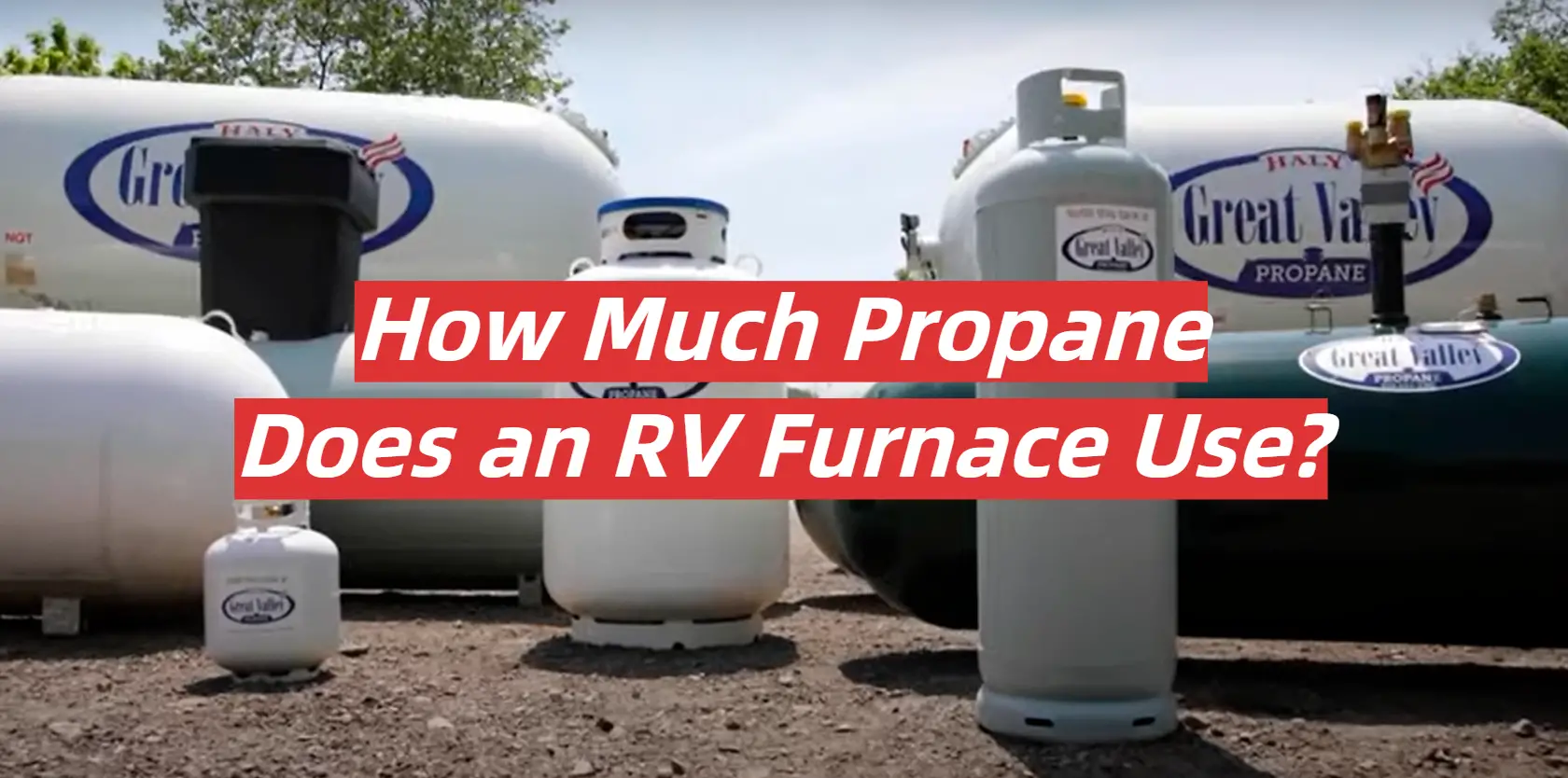

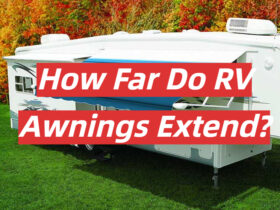

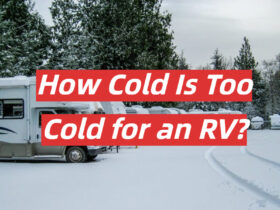
Leave a Reply